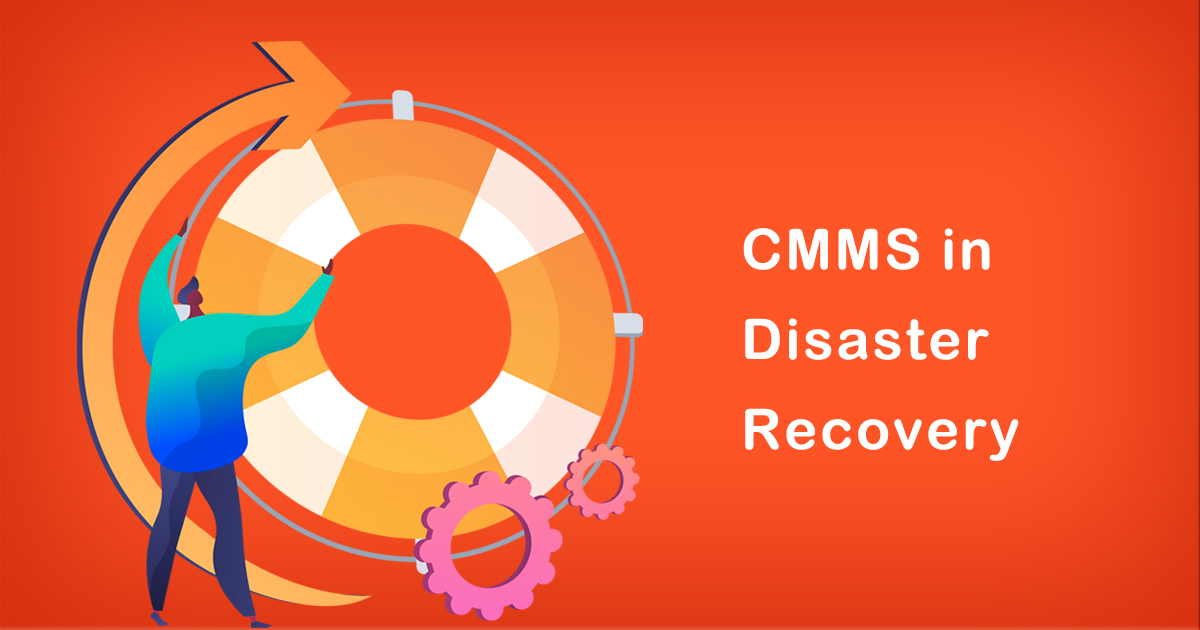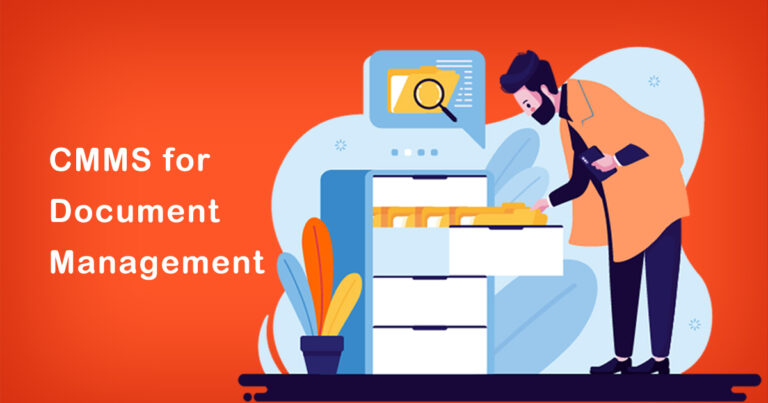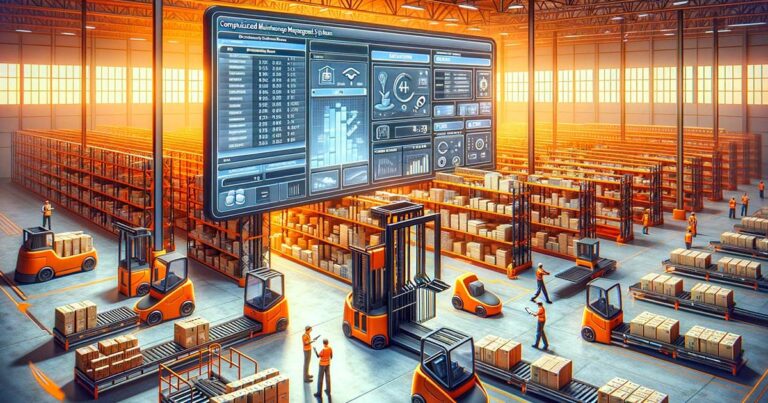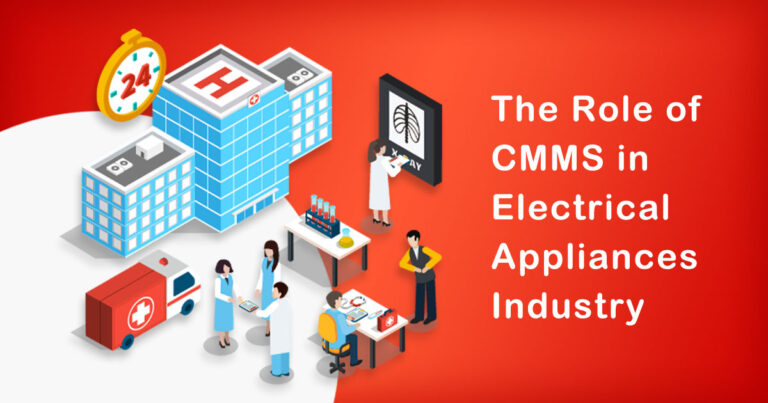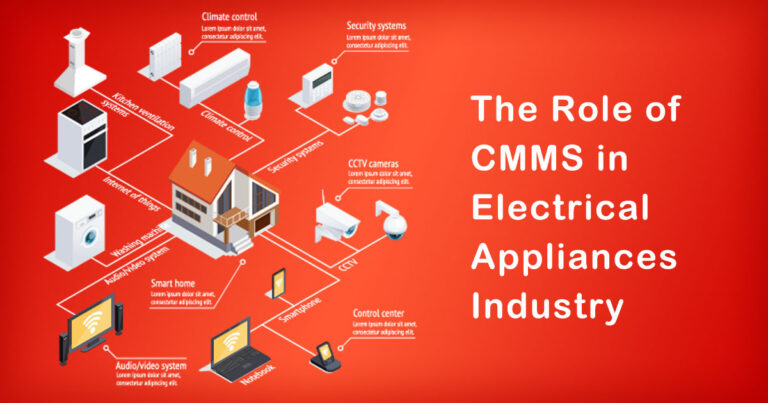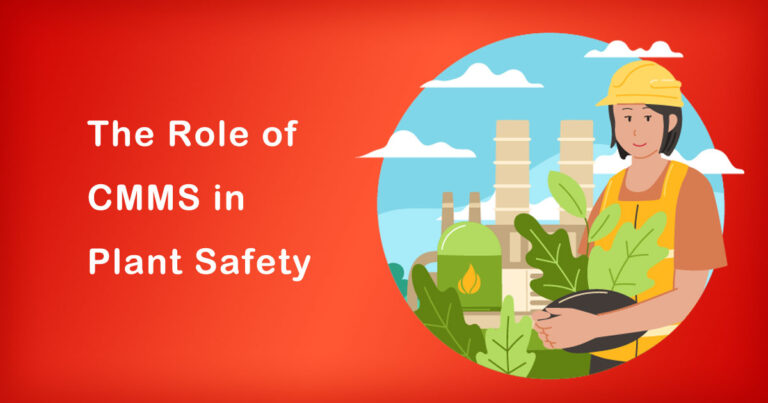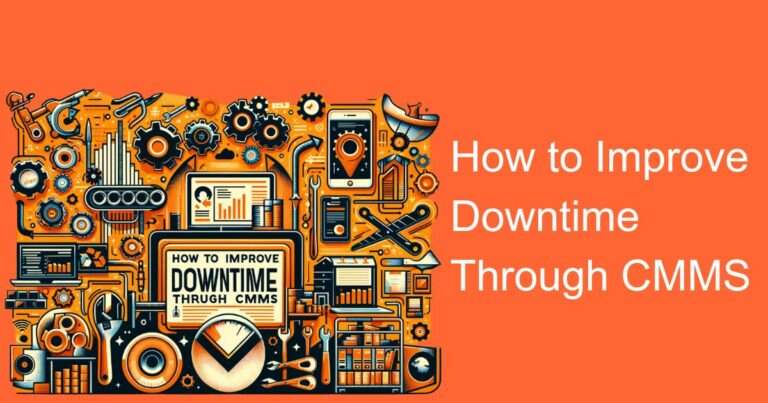Introduction
Disasters can strike at any time, and it is essential to have a plan in place to recover from them. In today’s world, businesses heavily rely on technology, making it critical to have a comprehensive disaster recovery plan that includes the use of Computerized Maintenance Management Systems (CMMS). In this blog, we will explore the role of CMMS in disaster recovery, especially in the Indian context, with some research and facts.
Disaster Recovery Planning in India
Disaster recovery planning is an essential part of any organization’s overall risk management strategy, and India is a country that faces a variety of natural disasters, including earthquakes, floods, cyclones, and droughts. According to a report by the World Risk Index 2020, India is ranked as the 89th most vulnerable country out of 181 countries. This ranking shows the importance of disaster recovery planning for businesses in India.
A CMMS is an essential tool that can help organizations to be prepared for disasters and minimize the impact on their operations. A CMMS helps organizations to maintain a record of their assets, including equipment, machinery, and tools. By keeping an updated record of their assets, organizations can easily identify which assets are essential and need to be prioritized in the event of a disaster.
The Role of CMMS in Disaster Recovery
A CMMS can help organizations to be better prepared for disasters by providing the following benefits:
- Asset Management: A CMMS can help organizations to keep track of all their assets, including equipment, machinery, and tools. This information is critical in the event of a disaster because it allows organizations to quickly identify which assets are essential and need to be prioritized for repair or replacement.
- Maintenance Scheduling: A CMMS can help organizations to schedule maintenance for their assets proactively. By regularly maintaining assets, organizations can reduce the risk of equipment failure and breakdowns, which could result in more significant damage in the event of a disaster.
- Real-time Data: A CMMS can provide real-time data on the status of assets, allowing organizations to quickly identify which assets are working correctly and which ones need repair. This information is crucial in the event of a disaster because it allows organizations to quickly assess the damage and prioritize repairs.
- Documentation: A CMMS can help organizations to document all their assets, including maintenance schedules, repair histories, and warranties. This information is essential in the event of a disaster because it provides organizations with a complete record of their assets, making it easier to make insurance claims and to plan for replacement and repairs.
- Communication: A CMMS can help organizations to communicate with their employees, customers, and suppliers in the event of a disaster. By using a CMMS, organizations can quickly notify their employees and customers of the situation and provide regular updates on the progress of repairs and recovery.
Conclusion
In conclusion, a CMMS is an essential tool that can help organizations to be better prepared for disasters. In India, where natural disasters are frequent, it is essential for organizations to have a disaster recovery plan that includes the use of a CMMS. A CMMS can help organizations to manage their assets, schedule maintenance, provide real-time data, document their assets, and communicate effectively with employees, customers, and suppliers. By incorporating a CMMS into their disaster recovery plan, organizations can minimize the impact of disasters on their operations and continue to provide essential services to their customers.


